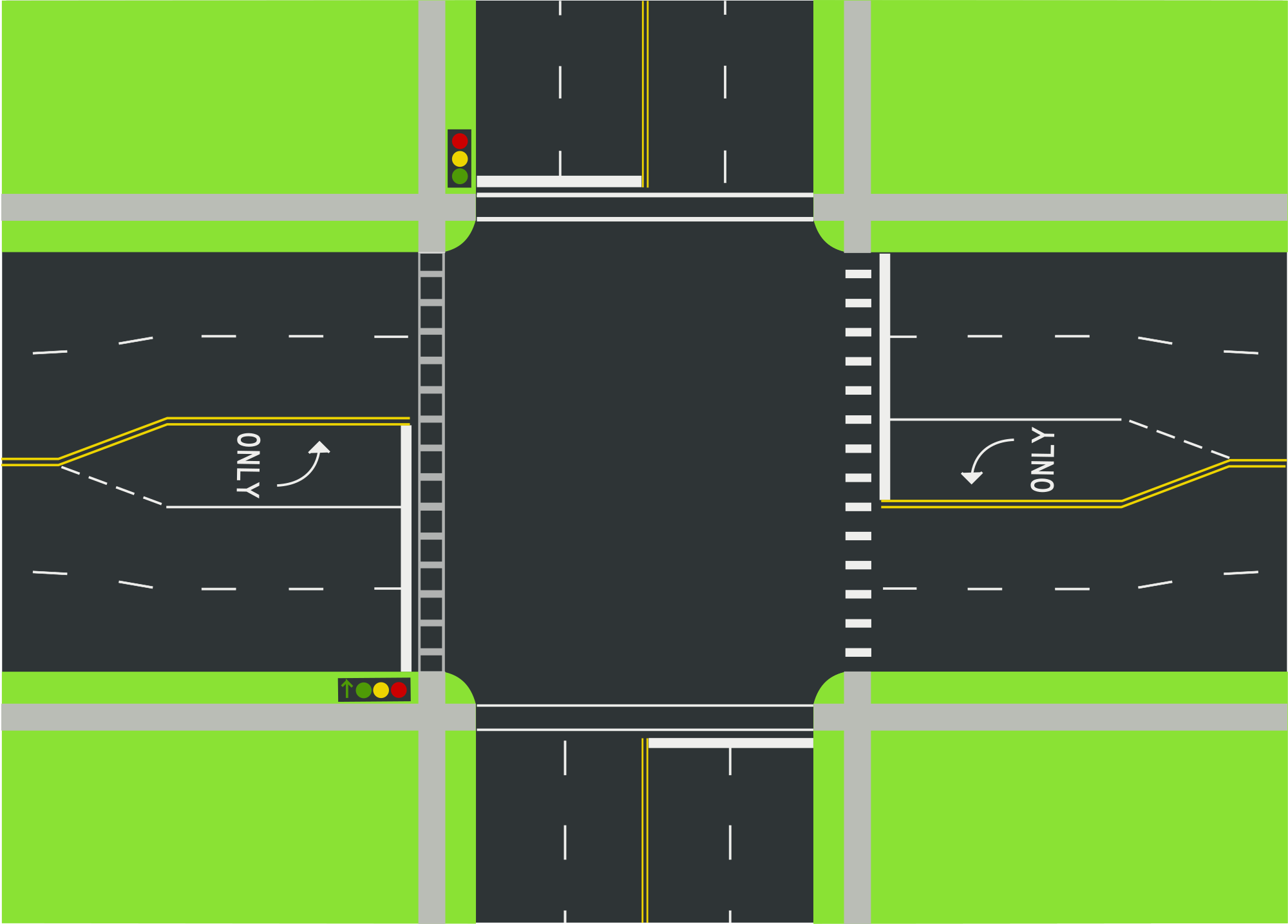reaperexpress
Senior Member
Traffic improvements coming to West Queen West Triangle, including a new traffic signal at Queen/Beaconsfield
As if the Queen streetcar wasn't slow enough already...
The proposed signal is halfway between Gladstone and Dovercourt, a distance of just under 400 metres. The resulting signal spacing will be under 200 metres on both sides.
Perhaps they could relocate the streetcar stop at Gladstone to the new signal at Beaconsfield. The Gladstone stop is extremely close to the stop at Dufferin, with nothing between other than the railway overpass (i.e. no trip generators).







